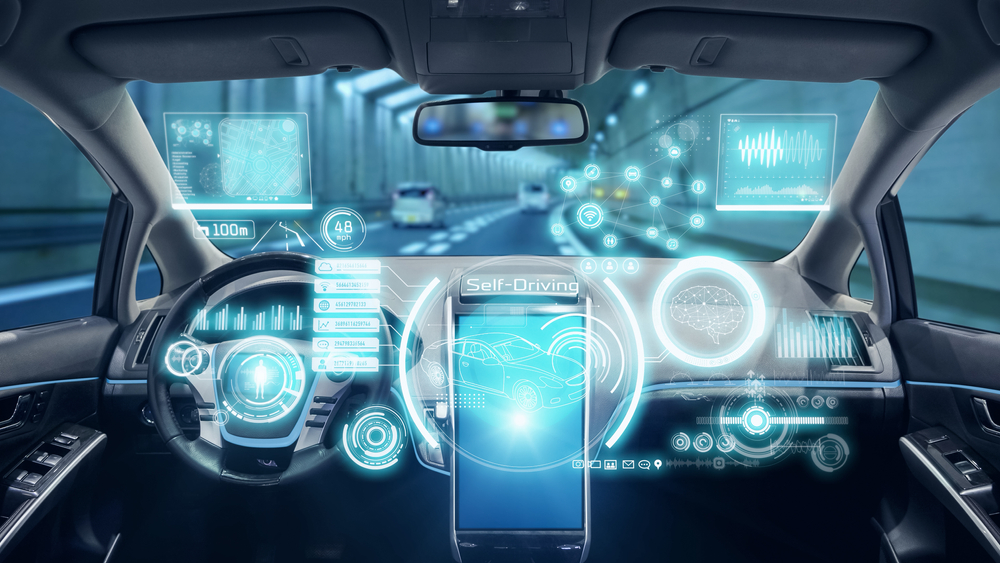With the development of communications technologies such as 5G and Internet of Things (IoT), new innovations are bringing massive changes in how we view everyday items. Refrigerators are surveying their contents to provide shopping lists and recipes to their owners. Entire homes can be run by a single app on a mobile phone.
The automobile trade is one of the industries most affected by these new innovations. As more everyday items are being added to the Internet ecosystem, these connections have potential that make driving safer, more economical, and more entertaining. More cars are integrating IoT technology everyday, and it’s changing everything about what consumers are looking for in a vehicle.
What 5G Brings to Connectivity
5G brings with it faster downloads, lower latency, and more connectivity. Rather than relying on huge towers to transmit a signal, 5G uses smaller antennas that are installed all over. This enables wireless signals to travel more rapidly as they bounce from antenna to antenna. These signals can carry more data than longer-wave frequencies allow.
Coupled with the frequency of IoT devices such as traffic lights, mobile devices, and various software apps, 5G is becoming a wide network of rapid telecommunication that is changing the very way we live. We carry it in our pockets and use it to manage our homes. Why not our cars, too?
Cars Online
As the demand for connectivity grows, car manufacturers have been paying attention and integrating this technology into almost all their vehicles. Connected cars refers to any car connected to the Internet via wireless telecommunications. Many people use Spotify, make phone calls or text messages, or access GPS using the connections in their vehicles.
As 5G technology becomes more standard, new features are emerging for consumers’ ease, comfort, and safety:
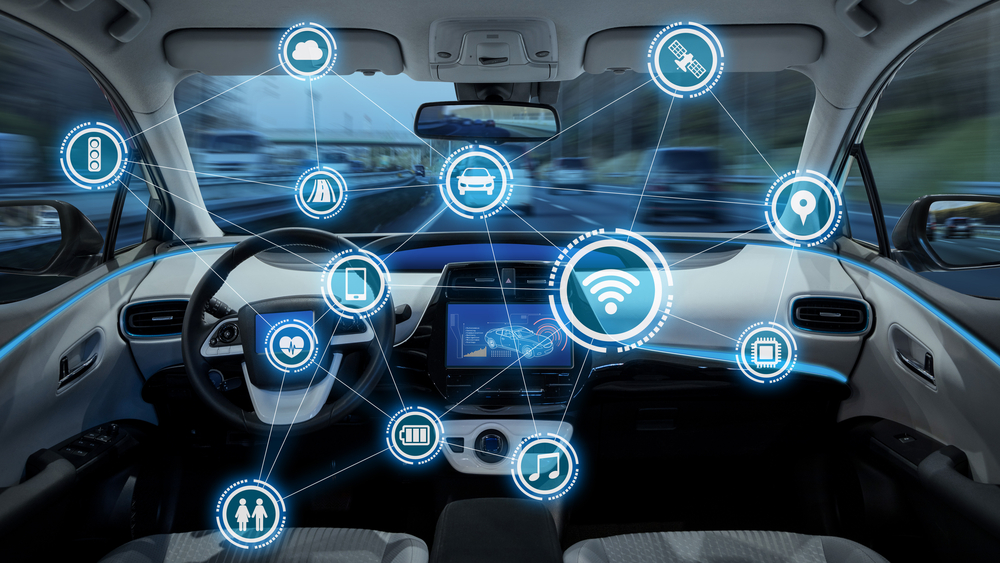
Device Hub
Devices are designed for portability, and cars are built to accommodate portability. Connected cars can serve as hotspots that allow other devices to be online. Automakers are releasing more models that allow devices to be connected to the vehicle for a hands-free driving experience. Passengers will also be able to connect through the car to work or be entertained during the drive.
Communicator
Connected cars can share data such as location and traffic information to help drivers navigate congested roads and avoid accidents. As more IoT devices are added to the roads by municipal areas, cars will communicate with the roads and with other cars to help drivers find the most efficient routes. People who have had breakdowns on the road or were in accidents can rest assured knowing their car has already called for assistance.
Your Car on Your Phone
Your car and your phone will both be devices in your IoT ecosystem, which means they will be connected to each other. Your car will thus have a variety of functions that can be operated using mobile apps. Connectivity will allow remote access to your car’s security, climate control, engine start/stop, and even the locks on the doors. Apps are in development that assist with these functions as manufacturers answer customer demand.
Follow Your Car
Geofencing is a technology that can trace the car and be alerted if it goes beyond certain boundaries. This feature is ideal to keep track of inexperienced drivers and help them if they get lost. It also helps emergency vehicles find your car more easily. This can include the police if the car is stolen, although a car featuring geofencing will prevent most auto theft just because criminals won’t want to steal a car that can be followed in real-time.
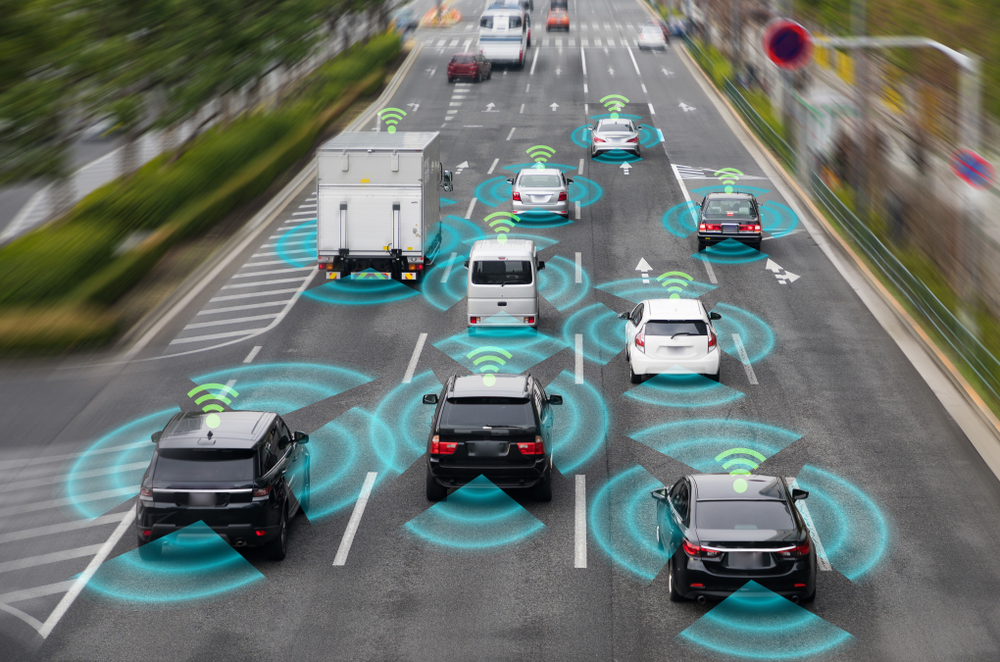
A Community of Cars
What would cars say if they could talk to each other? With wireless connectivity, vehicle-to-vehicle (V2V) communication allows cars to exchange information such as road and traffic conditions, the weather, and even emergency situations. Cars that can talk to each other this way can also avoid accidents as they will be alerted to one another’s presence. An entire ecosystem of vehicles is inevitable as more connected models are released.
A Rolling Entertainment System
Connectivity gives cars access to a variety of entertainment apps, some of which are part of the model’s package. Automobile manufacturers are making deals with companies like Sirius and Spotify to connect drivers to the entertainment apps they love. More attention is being given to the passengers, too, as video and game apps are being made more accessible. Passengers can pass the time with their favorite shows or play games on long trips.
Urban Planning
Parking in urban areas can be very stressful with so many cars on the road. Many municipal areas have started using pay-by-phone, using devices to pay for parking online. The locations turn up on popular GPS apps and can even reach out to a car looking for a space. Your car will take on the task of looking for a space for you by communicating with the city itself. Parking isn’t the only urgent location your vehicle will find for you, as hospitals, emergency centers, and many businesses are also transmitting their locations, leaving all looking to the car while you enjoy the ride.
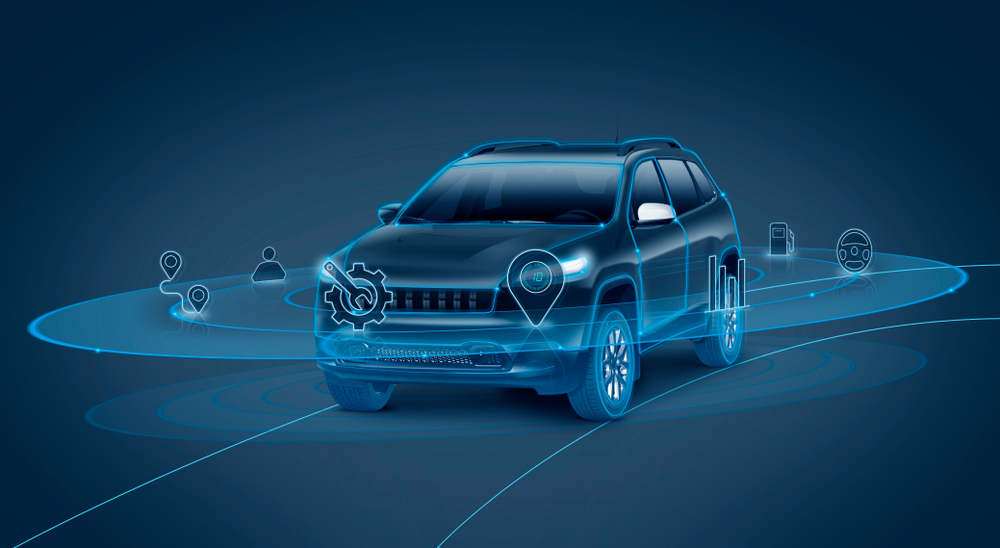
Preventative Maintenance
As the internal combustion engine has had more electronics added to it over the years, diagnosing a car’s engine has become a matter of hooking up a machine. Electric vehicles are even more accessible for diagnosis for auto repair. But why wait until a repair needs to be done? Connected cars can be diagnosed the same way a computer scans for viruses, flagging potential issues for repair before they even break down. Many manufacturers are offering or planning to offer this service, with the possibility of customer loyalty lasting long after the initial purchase.
Turbo-Charged Computers
Processing power isn’t just for your desktop anymore. As cars become more sophisticated, they’ve become more computerized. This has allowed drivers to measure mileage more accurately and cars to self-diagnose when it’s time for maintenance or an oil change. This trend is poised to continue as engines become more electric and connected to wireless networks. Sensors that we rely on when we drive will be able to communicate with one another on a network that includes all the knowledge on the Internet. This means we will be driving around in supercomputers.
Talking to Our Cars
User experience, or UX, refers to the interface between a human and their device. How your cell phone’s home screen or your computer’s start menu is set up are examples of UX. For cars, this means how we interact with our vehicles as we drive them. Gauges, the odometer and the rest of the dashboard will still be there, but will also be presented in new ways. Voice commands are not far in the future and even communicating with our cars using brainwaves could be on the horizon.
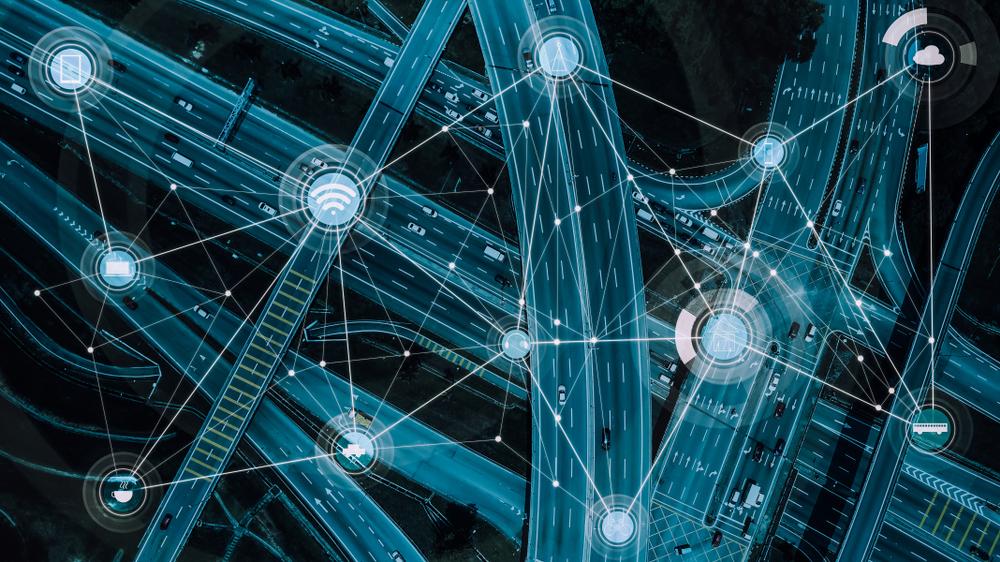
How Connectivity Benefits Consumers
When cars are connected to the Internet of Things ecosystem, consumers benefit from a variety of functions, sustainability, and savings. The more connectivity grows in other industries and services, the higher the demand for connected cars.
- Drivers can be safer on the road as vehicles can talk to other vehicles and a myriad of other devices, getting alerts that can avoid accidents through awareness, even with pedestrians.
- Knowing traffic conditions through vehicle-to-infrastructure communications can help reduce congestion for everyone and give alternate routes to connected drivers.
- Drivers can reduce fuel waste by taking the most efficient routes. Other benefits to the environment include reducing traffic congestion, reducing emissions, and even monitoring tires for the right amount of air pressure.
- Vehicles will increase in value because of qualities like preventative maintenance and overall connectivity. Safety features innate to vehicle connectivity will also lower insurance rates as they prevent accidents and theft.
- Vehicle longevity is increased by analytics and regular software updates. This adds to the value of the car, too.
- Your car will talk to you. What was once science fiction is becoming more of a reality as virtual assistants help us manage our homes, our devices, and now our cars.
Automobile Manufacturing Reinvented
Connectivity is reinventing the car by tying it together with the rest of the world as an IoT device. For automakers, this means making partnerships with apps and services that their buyers want. Many of the technologies for connected cars come from other industries, such as telecom. Automobile manufacturers will need to develop their own services as they seek to feature more apps in their standard offerings. The future of cars will include app developers.
An Automotive Ecosystem
All the IoT items in a local network are collectively referred to as an ecosystem. For example, all the devices in a single home that communicate with the outside world and one another through wireless technology make up that home’s ecosystem. Connected cars are already evolving their own ecosystem on the roads and highways of the country. Not only will each individual car be its own ecosystem, but the connection between them will establish a network anywhere you want to drive.

Cars That Drive Themselves
Autonomous vehicles have been highly anticipated and a few companies have begun their test drives. The technology for fully autonomous cars is only a few steps removed from the connectivity in the automobile industry now, but trends show that it won’t be car manufacturers that will be putting them on the road. As cars become tech, they are becoming more the domain of tech companies, and many startups have already emerged on the electric vehicle market with their first models. Electric and hybrid vehicles already include many of these features and more manufacturers are putting emphasis on including them as standard offerings.
Changing the Value of Vehicles
One of the changes that most benefits consumers is how the value of a vehicle will be affected by connectivity. Employment and lifestyles are going increasingly mobile as people spend more time in their cars working or traveling. Consumers are already looking for their vehicles to be hubs for their activities away from home, and vehicles that are loaded with the latest apps will carry the most value.
Connected vehicles also stand a great chance of retaining more value from sale to resale because they will last longer and stay updated from constant connectivity. As more services become available to vehicles as IoT devices, the value of connected cars after sale will include more than just the car itself.
Positive Disruption
Growth and improvement are disruptive, so disruption can be a force of good. As new technologies have been introduced, they’ve shifted the trajectory of entire industries. Now automobile manufacturing is seeing its share of the change, brought by wireless and 5G technology, and embracing a whole new paradigm of vehicle connectivity.

